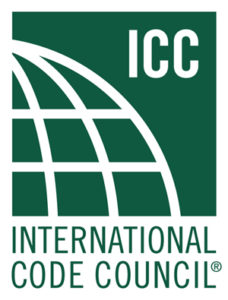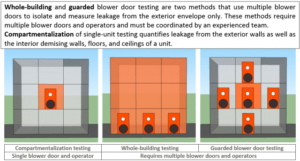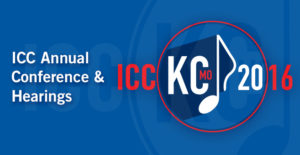- September 01, 2016
- 0 Comments
- In High-Performance Construction
- By Steven Winter Associates
New Energy Code on the Horizon?
We’re already more than halfway through 2016, and many states are still enforcing energy codes from 2009. While a few have adopted 2012 IECC and even 2015 IECC, state adoption of energy codes tends to remain a few years behind the times and the code development process continues. In fact, the wheels are in motion to create the 2018 IECC. Hundreds of proposed changes were submitted and reviewed early this year.
Based upon the Committee Action Hearing in April, some proposed changes were preliminarily approved and some weren’t. The Public Comment period occurred in July, providing an opportunity for others to weigh in. So, while the 2018 IECC may not affect projects for years to come, SWA weighed in, advocating for changes we think would be good additions to the 2018 IECC.
Air Leakage Tests
In the residential chapter of 2012 IECC, air leakage tests that were previously optional in 2009 IECC became mandatory, and the threshold to beat was set at 3 ACH50 or 5 ACH50, depending on climate zone. This didn’t change in 2015 IECC.
The issue our low-rise multifamily clients who are subject to the residential code have faced is how to meet this number, which is the same whether you test the building or the unit. Should they conduct a whole building blower door test? Or should they test the units? Is sampling allowed? Based on the successful campaign in NY to establish a different air leakage threshold when testing a dwelling unit, we supported our dear friend and former colleague, Sean Maxwell’s proposal to the 2018 IECC to offer the same option.
Why does this matter? This option will better enable those in the low-rise multifamily world to choose the test that works best. A whole building blower test is great if you’re focused on energy loss through the exterior or if it simultaneously meets certification requirements, such as Passive House. However, if you are concerned with air transfer between units, for IAQ or fire safety, the dwelling unit (or “compartmentalization”) test option allows you to evaluate the air leakage within the whole unit, rather than just the exterior walls of the unit. While testing the dwelling units is currently allowed by code, the same threshold must be met as when testing the building. The proposal SWA supports provides a much needed alternative compartmentalization metric (0.30 CFM50/ft2) and sampling protocol.
 Wondering if mid and high rise multifamily buildings that fall under commercial code can use this option? And, why are they under a different code anyway??? A proposal to modify the commercial code was submitted that will require whole building air leakage tests for certain multifamily buildings (above three stories), dependent on square footage and climate zone. The threshold to beat is 0.4 CFM75/ft2. (Oh, and if your project is within NYC, this is already in effect under the new energy code effective October 3, 2016.)
Wondering if mid and high rise multifamily buildings that fall under commercial code can use this option? And, why are they under a different code anyway??? A proposal to modify the commercial code was submitted that will require whole building air leakage tests for certain multifamily buildings (above three stories), dependent on square footage and climate zone. The threshold to beat is 0.4 CFM75/ft2. (Oh, and if your project is within NYC, this is already in effect under the new energy code effective October 3, 2016.)
 So, what happens next? Stay tuned! The Public Comment Hearings
So, what happens next? Stay tuned! The Public Comment Hearings
will be held in Kansas City, Missouri, in October. In order to support these three proposals that will positively impact multifamily, we will need to line up speakers to give testimony to support them. If you are interested or have experience participating in the code development process, please comment below or contact Gayathri. If you submitted a proposal related to multifamily, we’d love to hear about it.
By Gayathri Vijayakumar, VP Senior Building Systems Engineer
